[ad_1]
Suggestions on develop blackcurrants
Develop blackcurrants in moist nonetheless well-drained soil in full picture voltaic to partial shade. Feed with a excessive potash fertiliser weekly all via the rising season and mulch the soil all through the plant with well-rotted manure, leaf mould or compost. You’ll be able to ponder netting the fruit in opposition to birds. Prune in autumn.
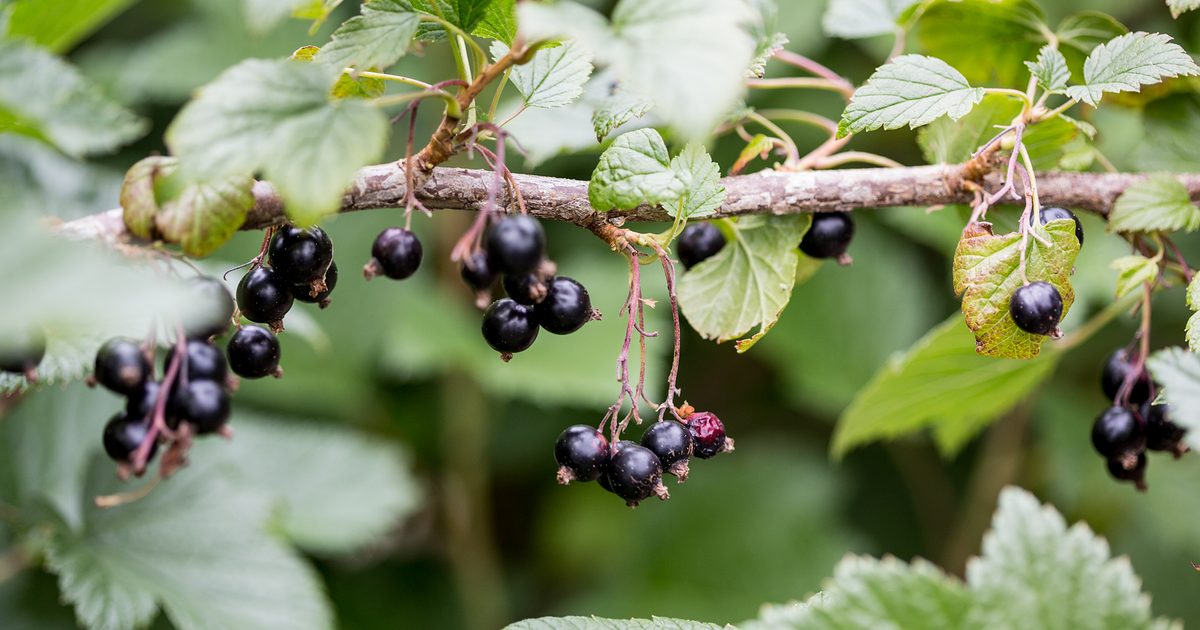
Additional on rising blackcurrants:
Suggestions on plant blackcurrants
Blackcurrants develop finest in a sunny, sheltered spot the place fruits can ripen into fats, juicy berries. Plant bare-root blackcurrant bushes in autumn and pot grown crops at any time of the 12 months. If rising in a container select an unlimited tub or barrel.
Blackcurrants thrive in deep soil, so dig a beneficiant planting gap and add an excessive amount of well-rotted compost or manure and fertiliser to the soil. After planting, prune the bush appropriate as soon as extra.
Suggestions on take care of blackcurrants
Blackcurrant bushes want an excessive amount of watering and feeding – significantly if container grown. In spring, feed with pelleted hen manure or completely totally different excessive potash fertiliser, and add a thick mulch. Protect weed-free all via the rising season and when the fruits begin to mature, web your crops to guard from the birds.
Prune blackcurrants in autumn and winter. Be taught to prune blackcurrants effectively, in our No Fuss video data:
Suggestions on propagate blackcurrants
Blackcurrants are simple to propagate from hardwood cuttings. Fid out how, in our No Fuss video data with David Hurrion:
Rising blackcurrants: drawback fixing
New sorts of Blackcurrant bushes have good resistance to widespread factors equal to mildew and frost harm. Nonetheless, Blackcurrant gall midge may set off leaves to dry and drop off. An insecticidal cleaning cleansing cleaning soap spray could help to deal with this. Take away any harm leaves. Birds love the berries as tons as we do, so web your fruit bushes to guard them.
Uncover out why your blackcurrant couldn’t flower or fruit, in our Fast Ideas video, with Emma Crawforth:
Suggestions on harvest blackcurrants
Blackcurrants are able to resolve on as soon as they’re darkish and glossy, nonetheless nonetheless firm. Choose currants on a dry day, as moist currants will shortly go mouldy. Harvest full trusses, fairly than particular particular person berries. They’re usually eaten updated and may defend for lots of days after selecting.
Consuming blackcurrants
Looking for inspiration on methods to utilize your crop? Our buddies at olive have curated a scrumptious assortment of blackcurrant recipes, together with their ingenious blackcurrant ripple ice cream.
Storing blackcurrants
Chances are high you will retailer unwashed bunches of currants all through the fridge for as lots as 5 days If in case you’ve got further fruit than it’s best to make use of instantly, the berries freeze appropriately and should very effectively be preserved in jams, sauces and cordials.
Blackcurrant varieties to intention
- Blackcurrant ‘Ebony’ – a wonderful, disease-resistant alternative, producing very candy, massive fruits from early to mid-July. Vegetation have a barely open, spreading habits for straightforward selecting.
- Blackcurrant ‘Ben Connan’ – a small bush number of blackcurrant, with an excessive amount of massive, shiny black fruits prepared to pick out from early July. This alternative has excellent mildew resistance and good tolerance to frost.
- Blackcurrant ‘Baldwin’ – an older alternative, used all through the blackcurrant commerce for only a few years, this has a light flavour, nonetheless it’s inclined mildew and frosts.
- Blackcurrant ‘Ben Sarek’ – a compact alternative with an excessive amount of massive, juicy fruits in July. Good resistance to mildew, frost and leaf-curling midge
- Blackcurrant ‘Ben Hope’ – a late-maturing alternative with good resistance to mildew.
- Blackcurrant ‘Ben Nevis’ – proof in opposition to frost and mildew, the fruits are able to resolve on in late July.
[ad_2]
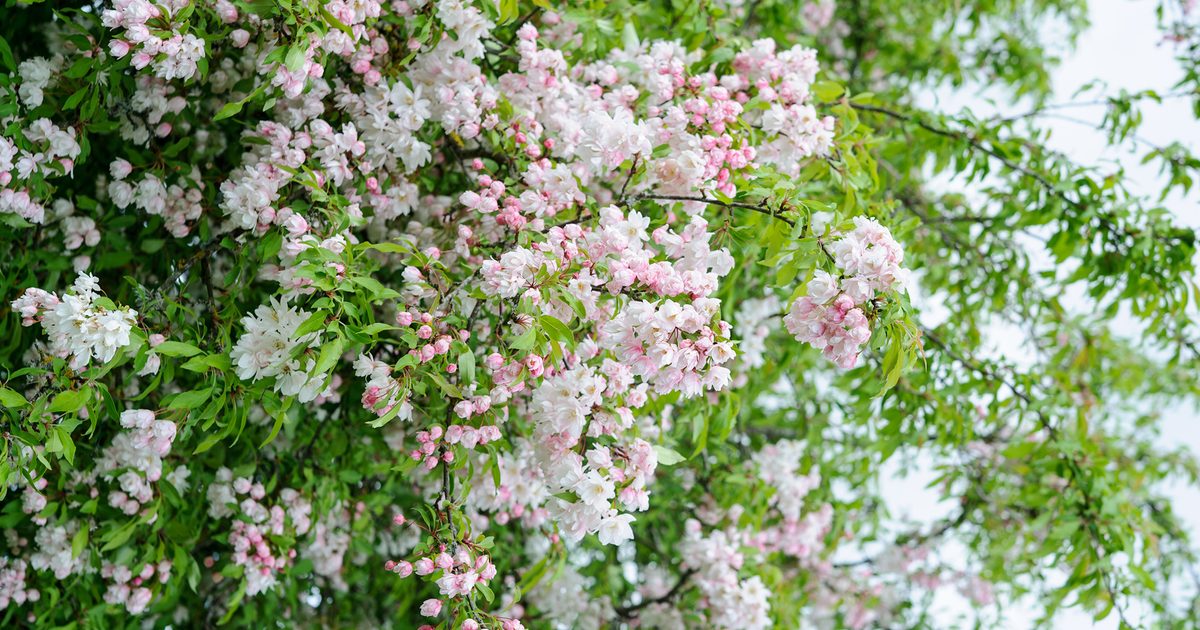
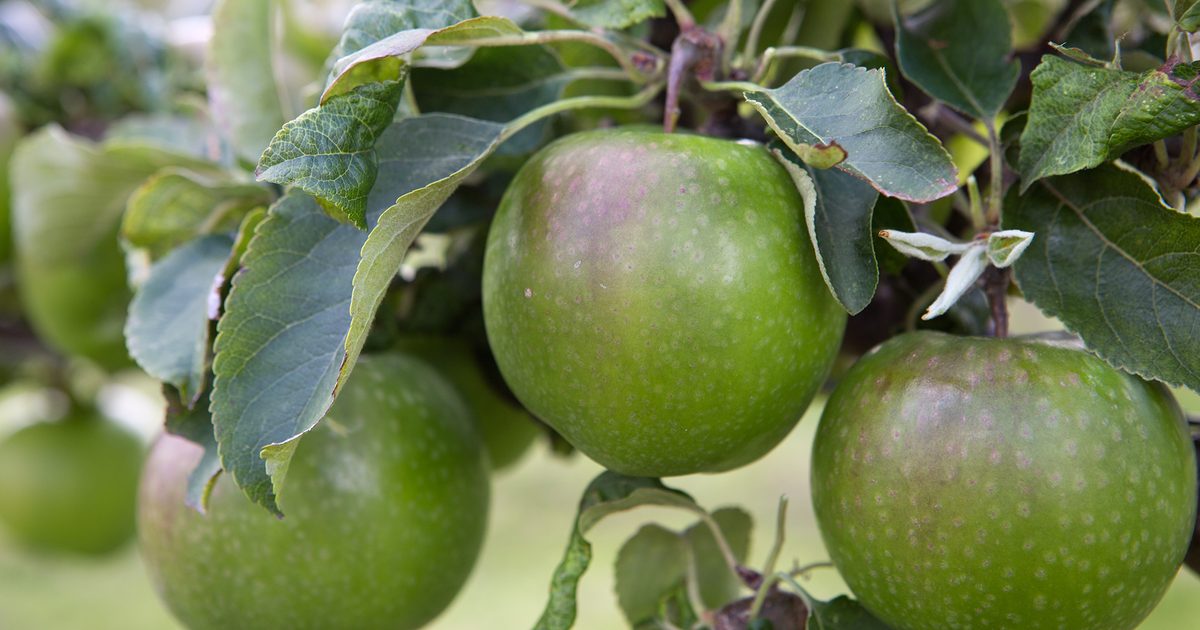

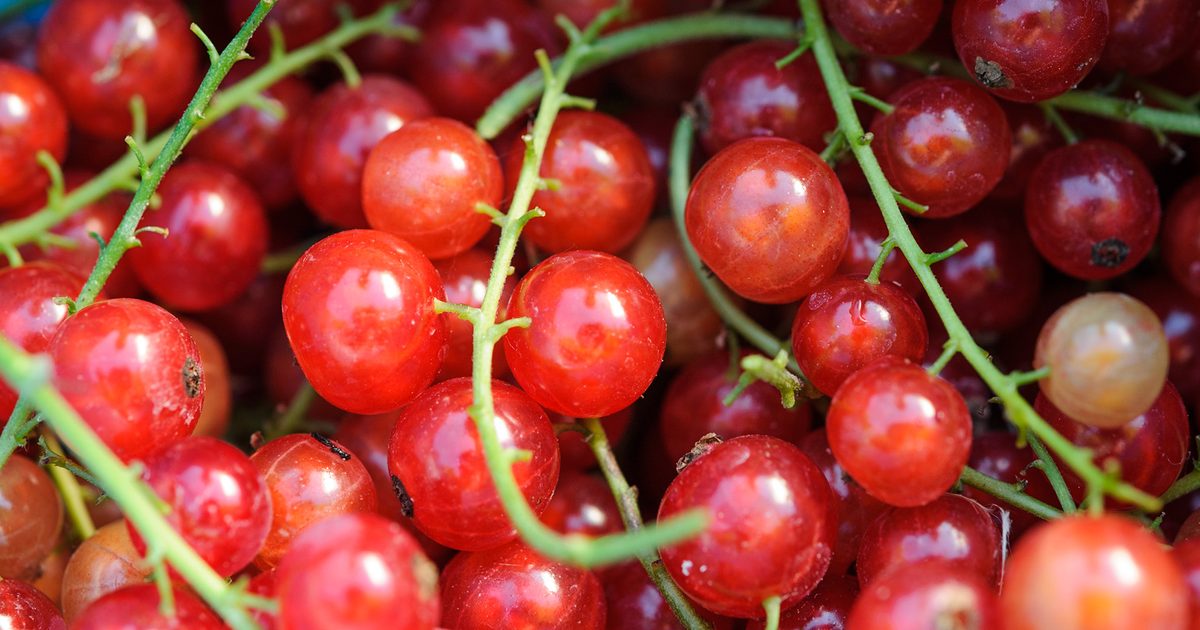
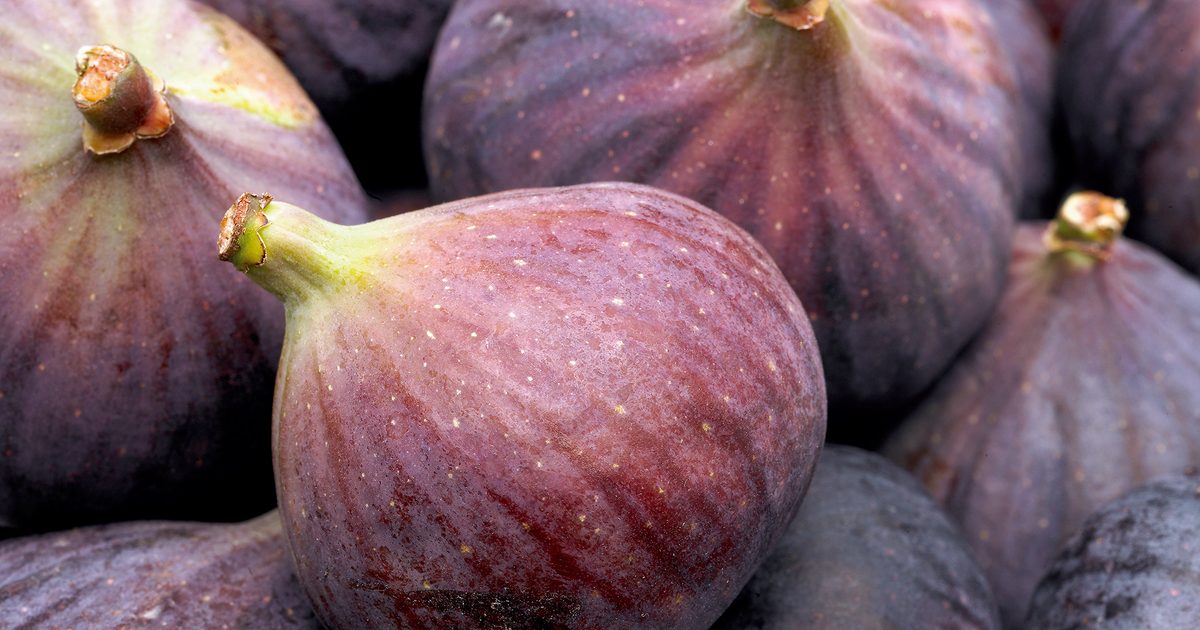
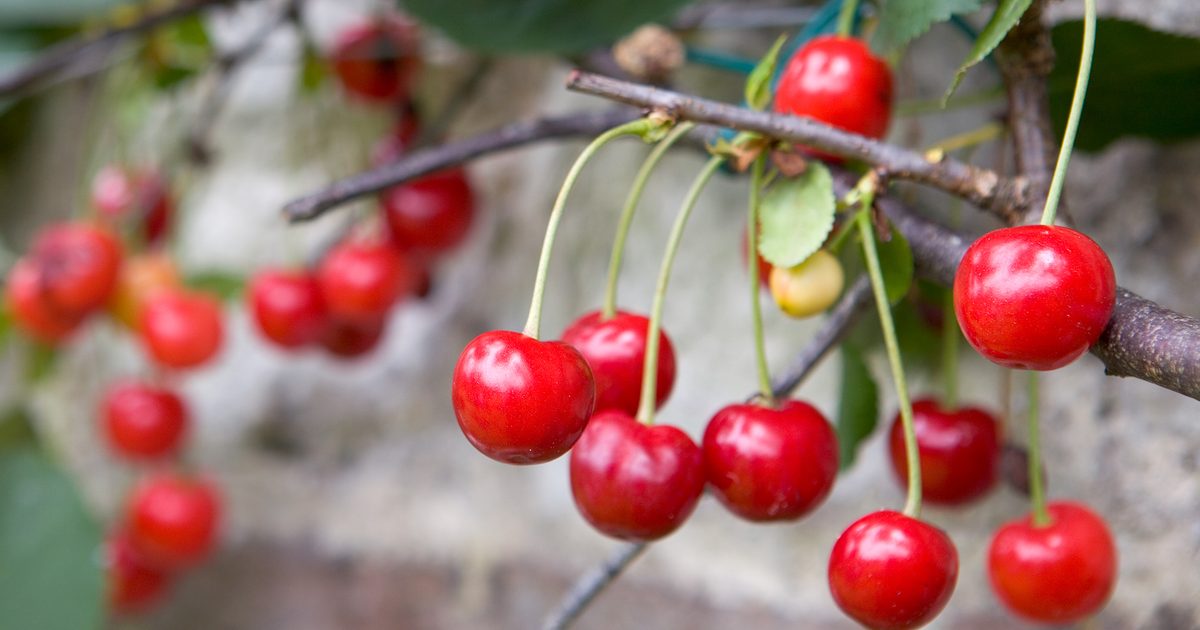
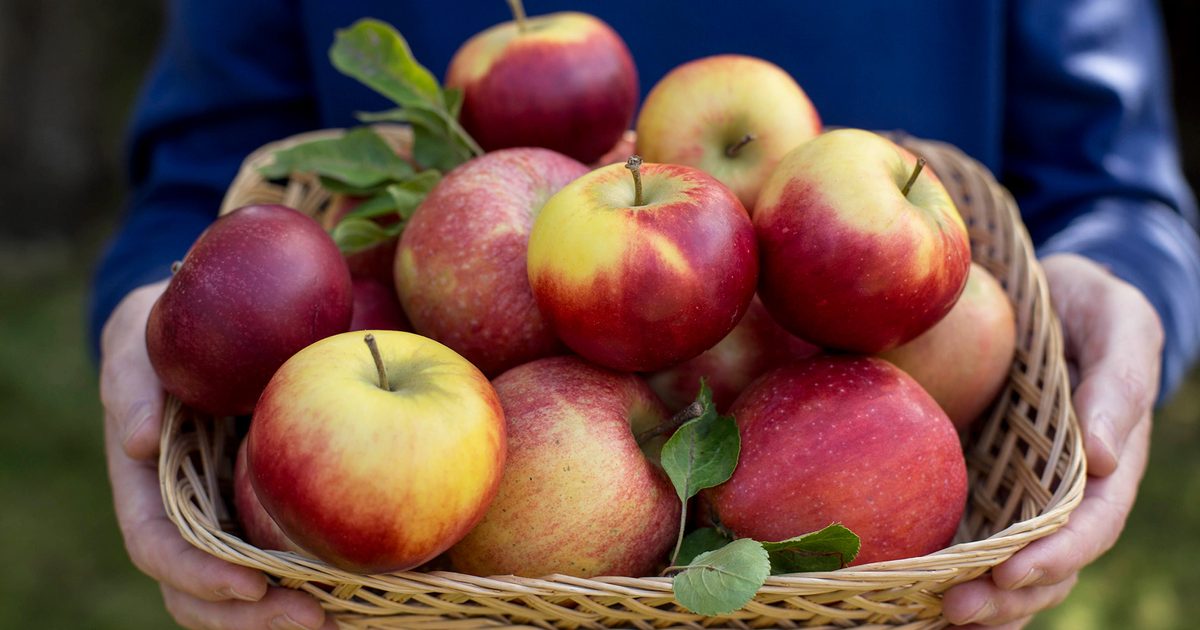
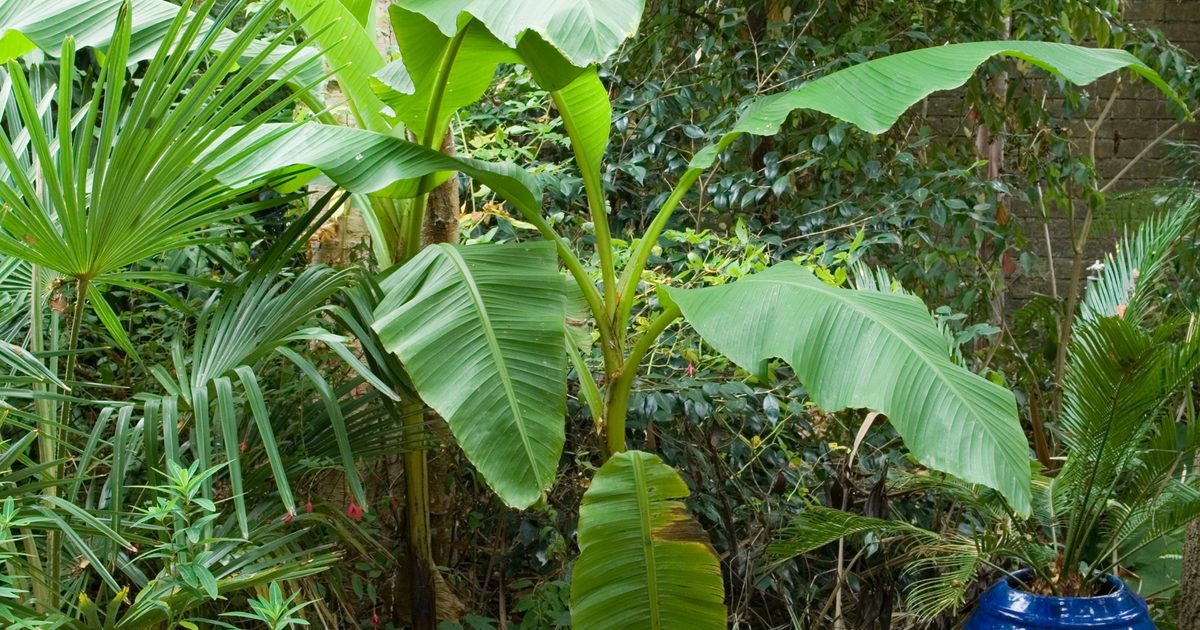

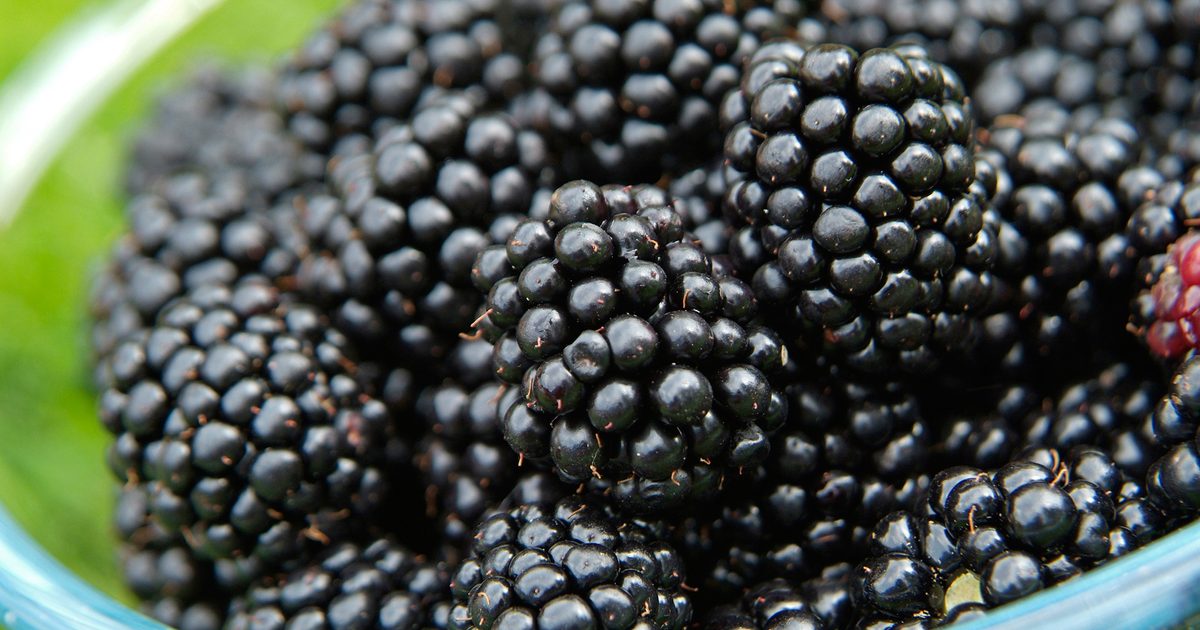
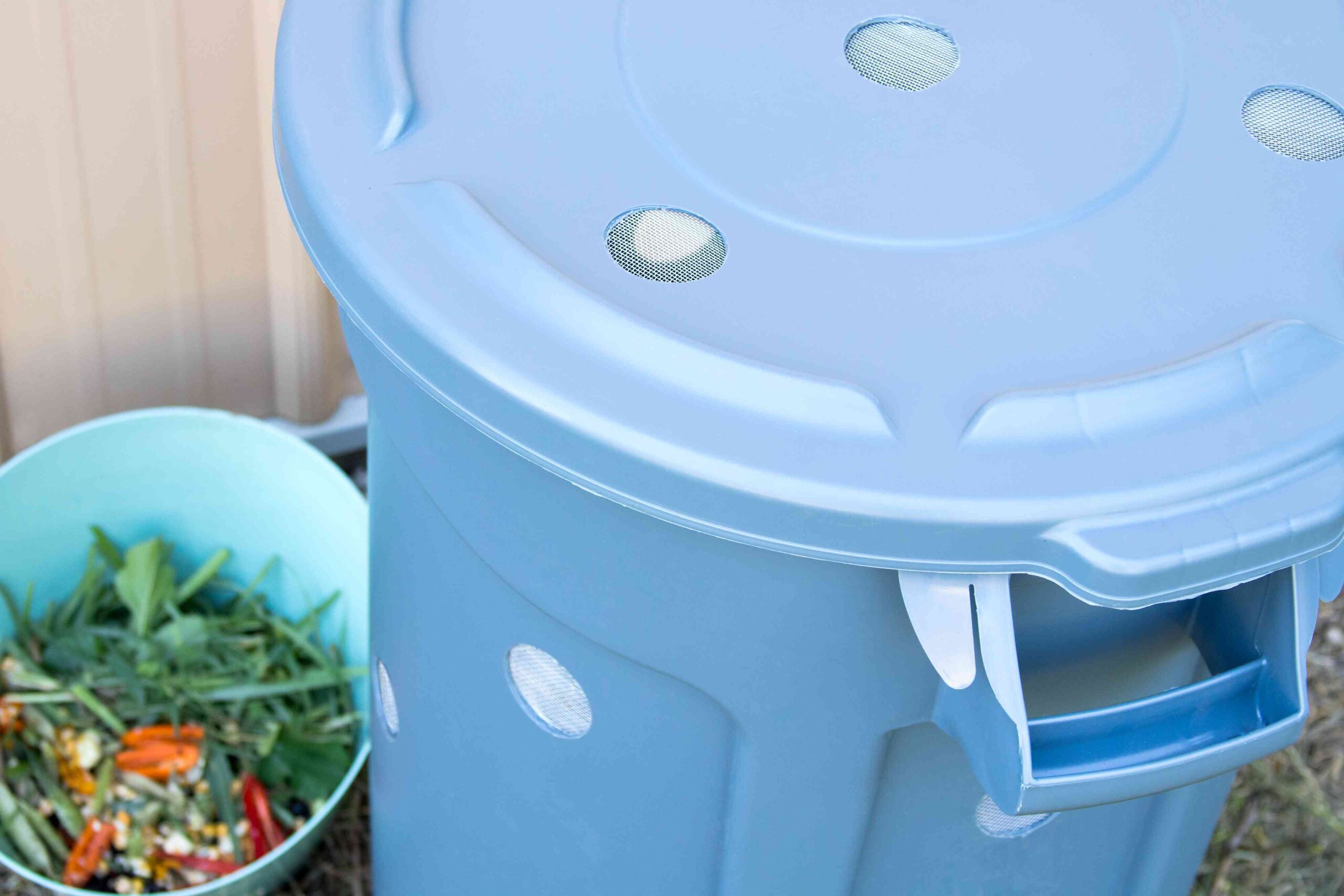
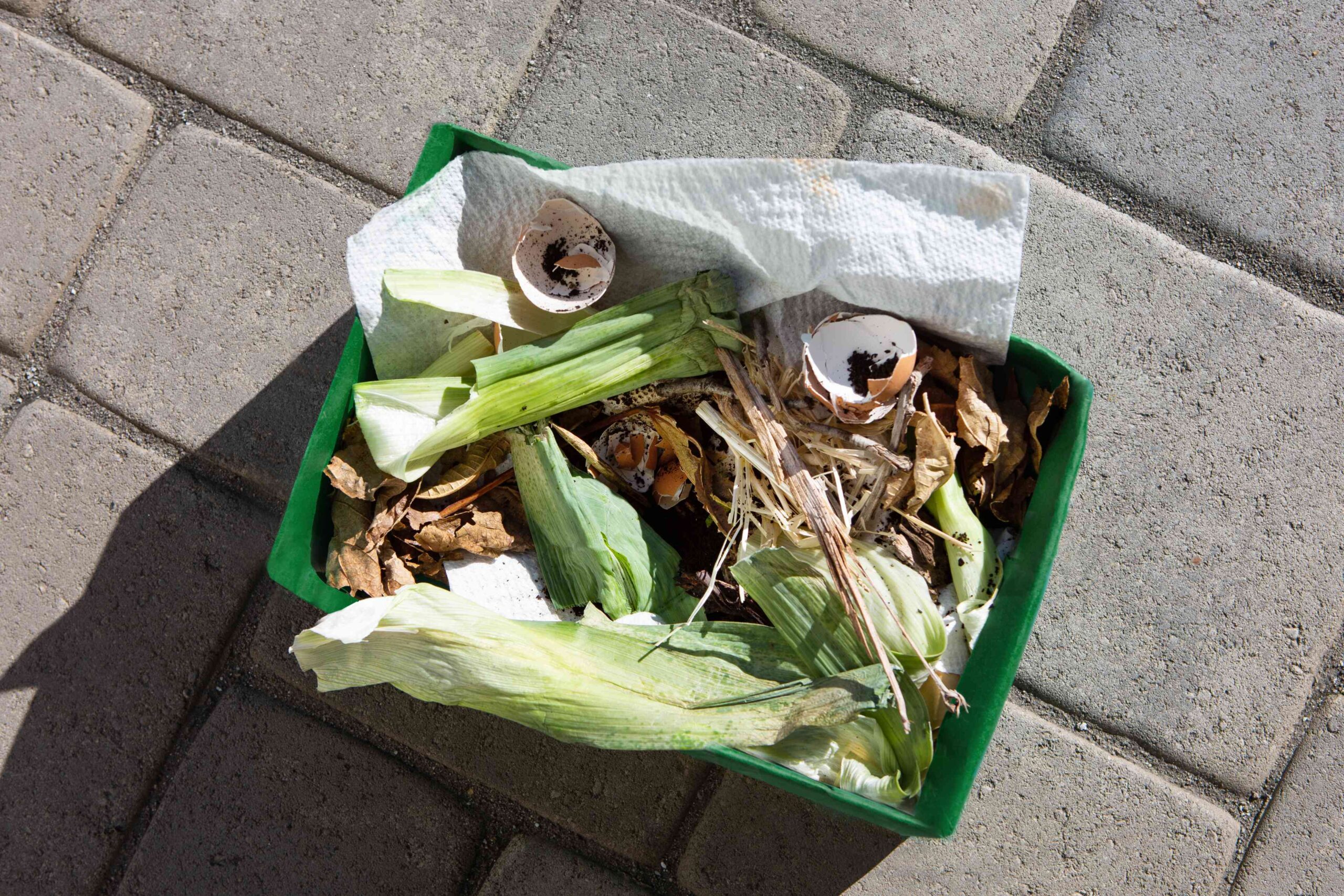
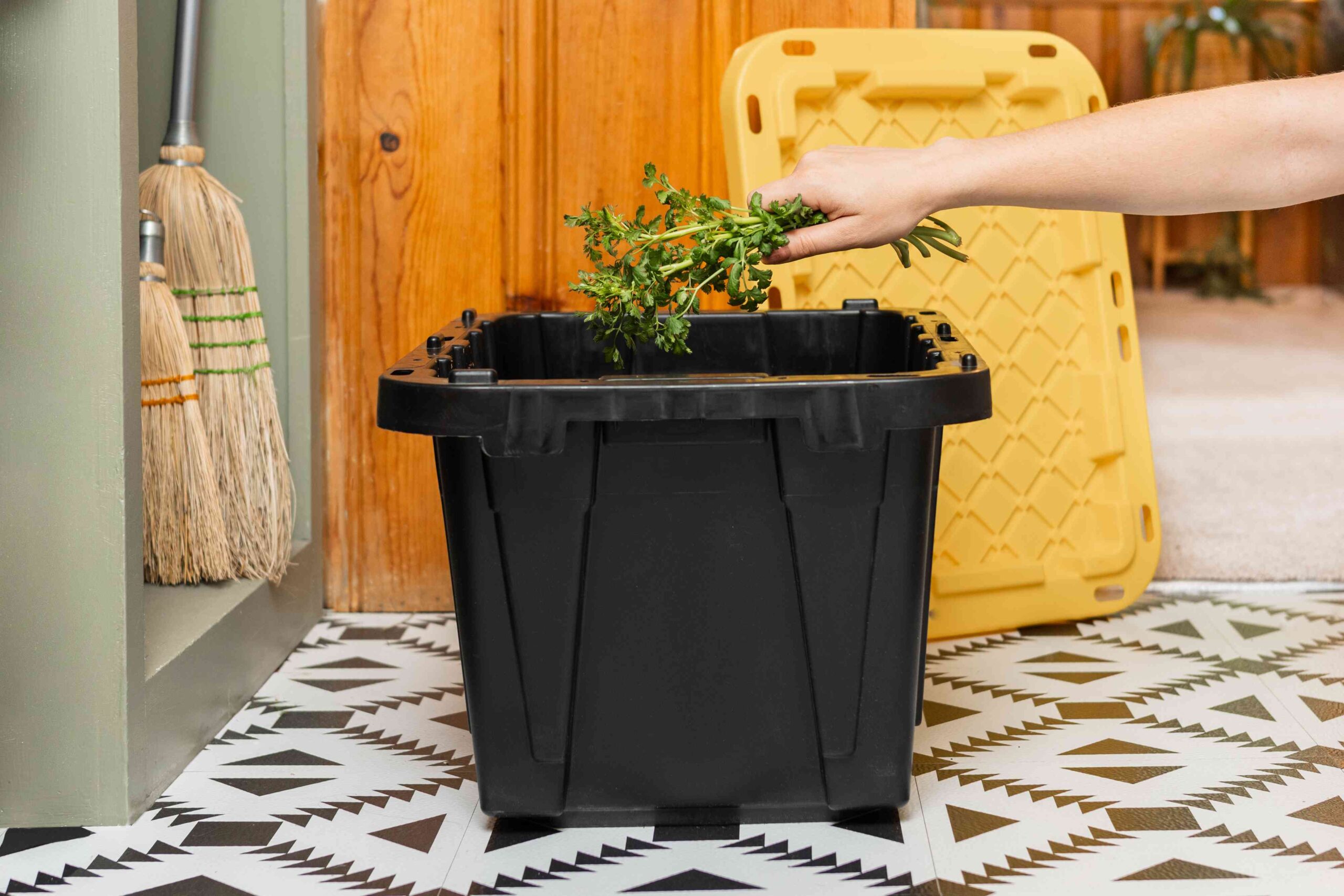
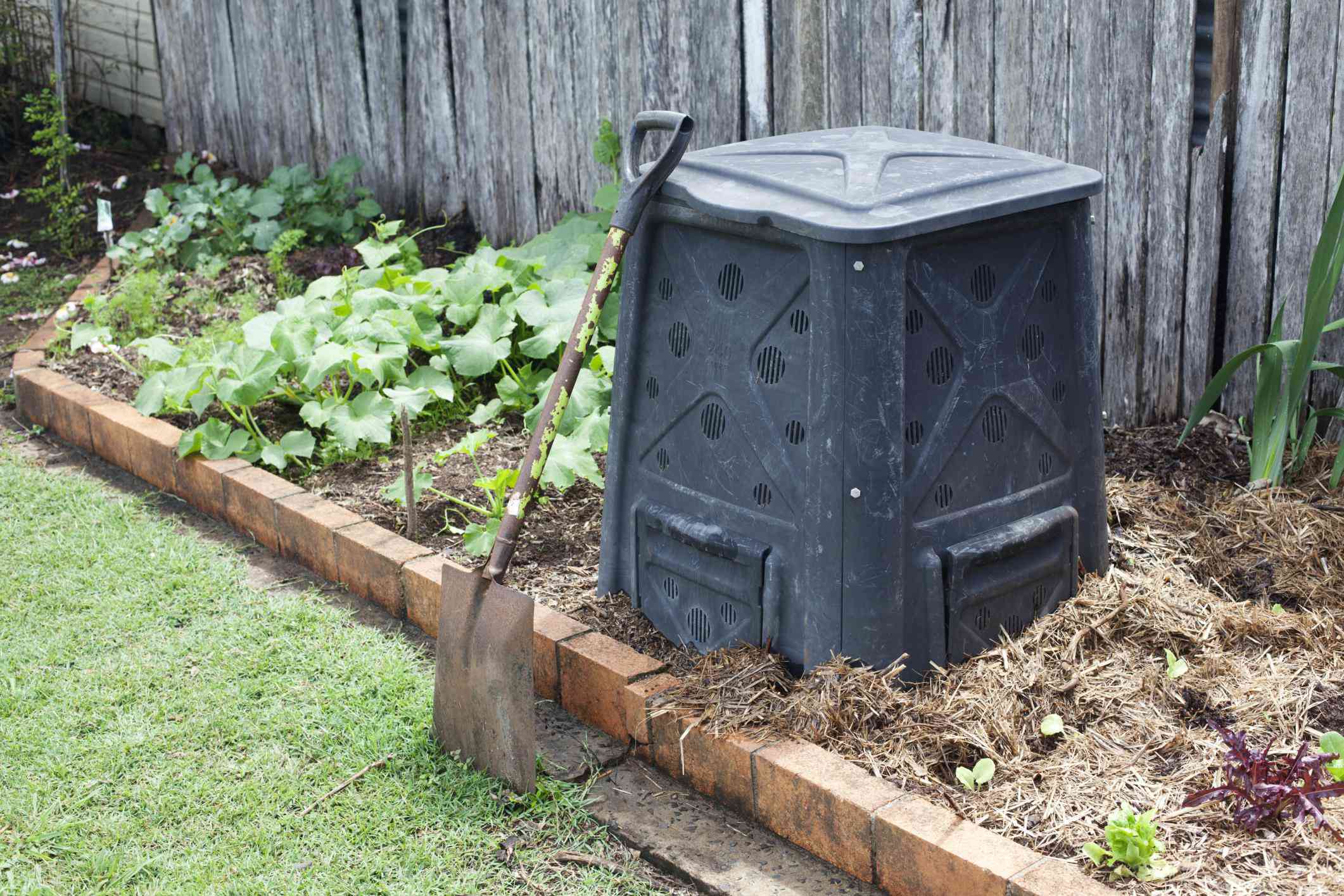
Leave a Reply